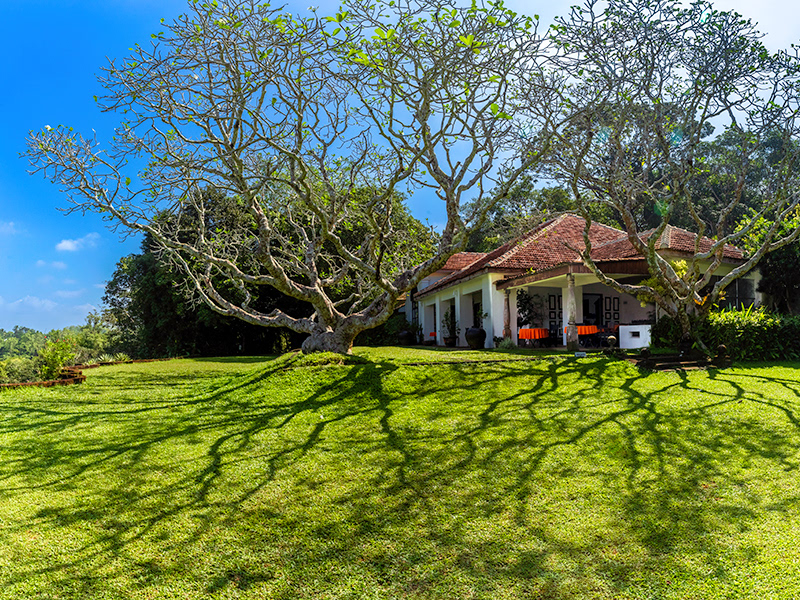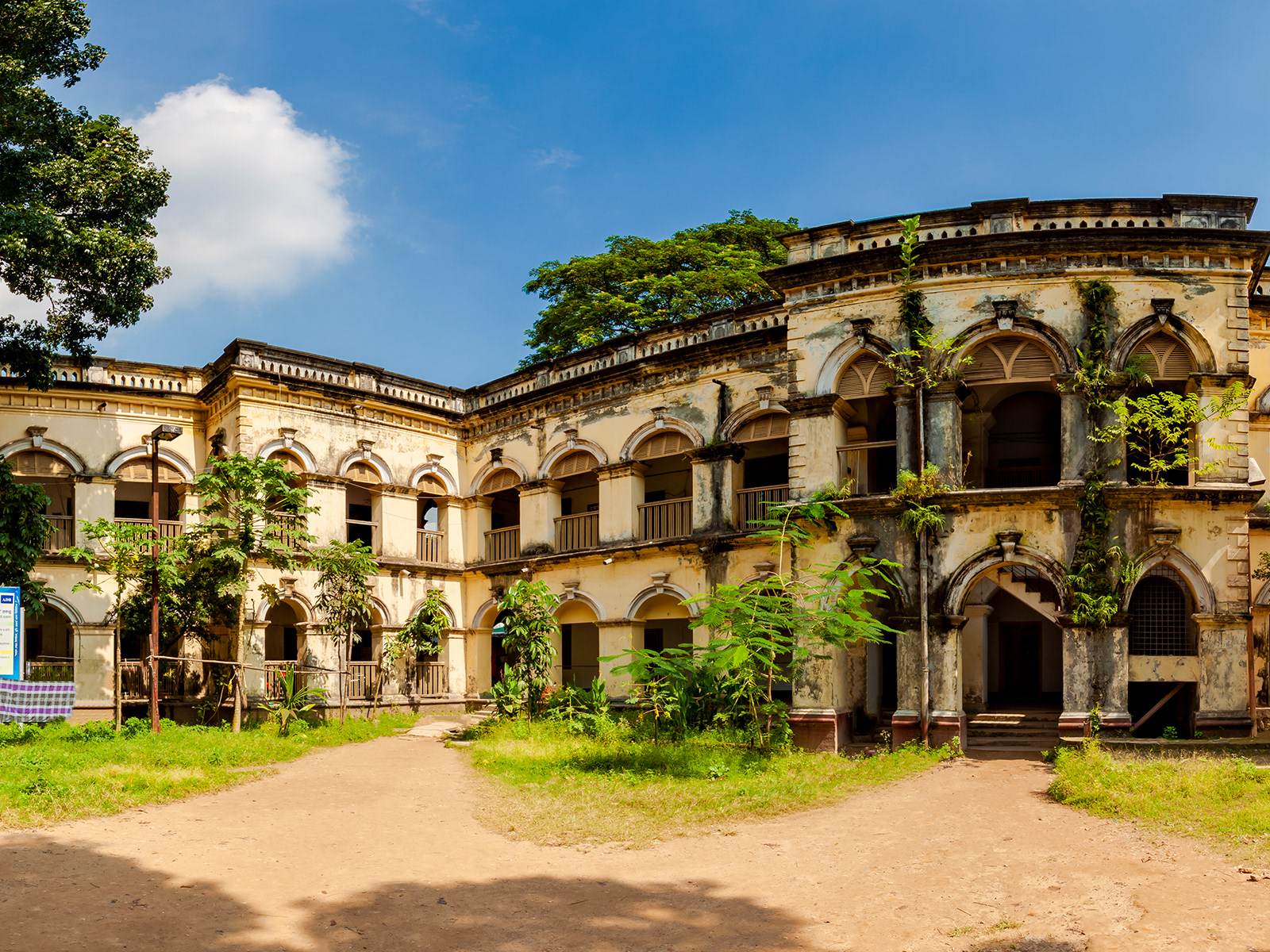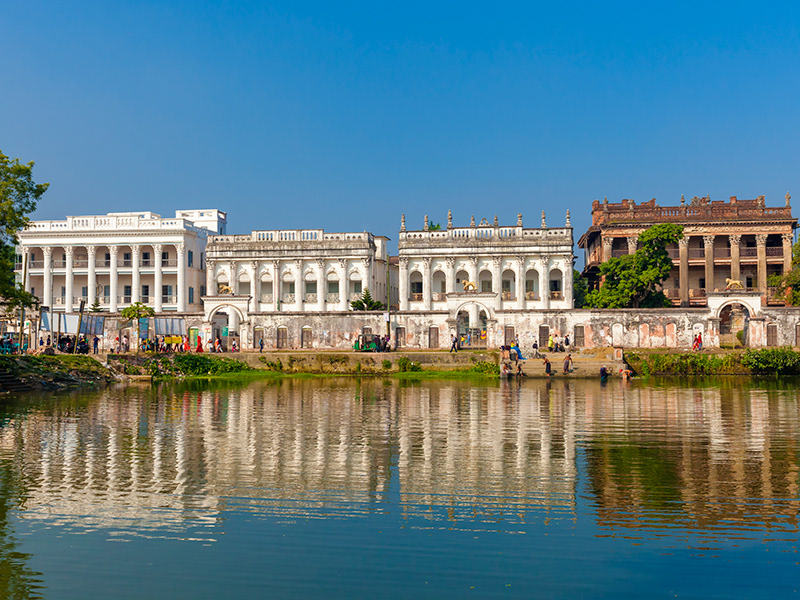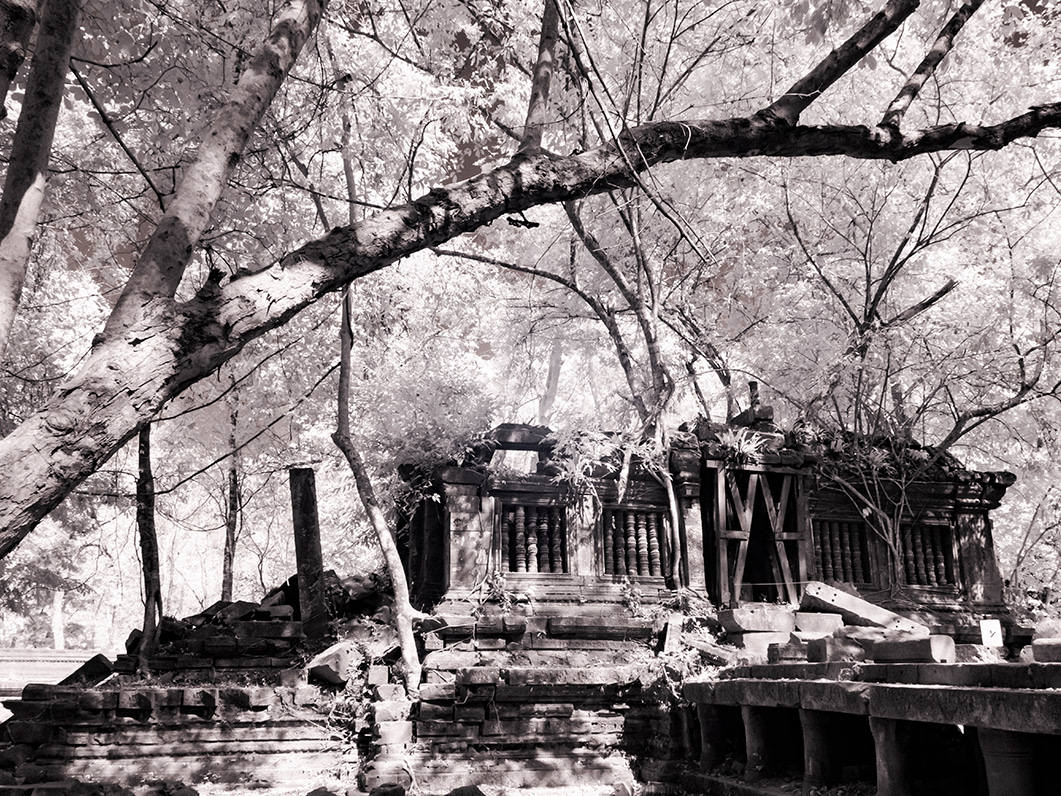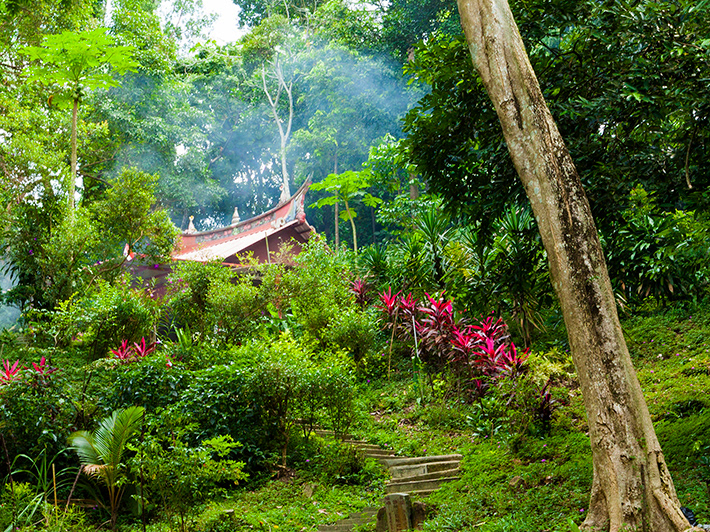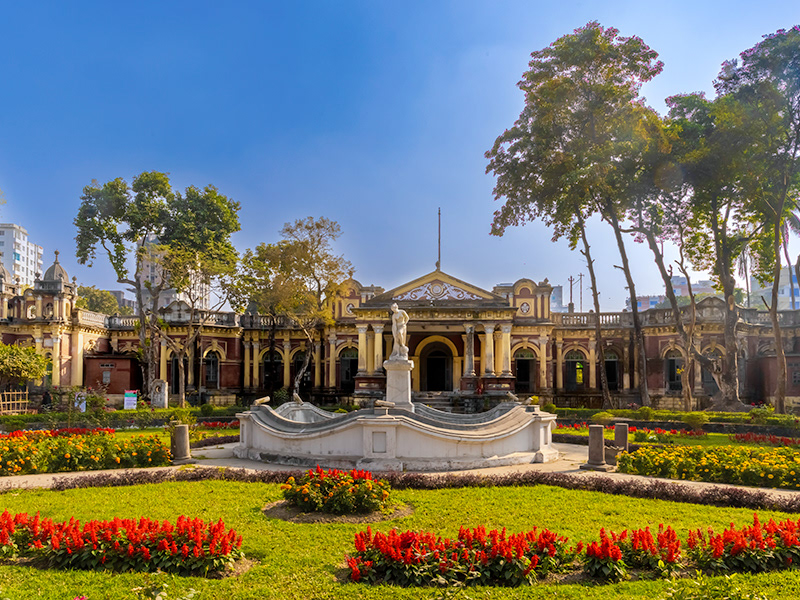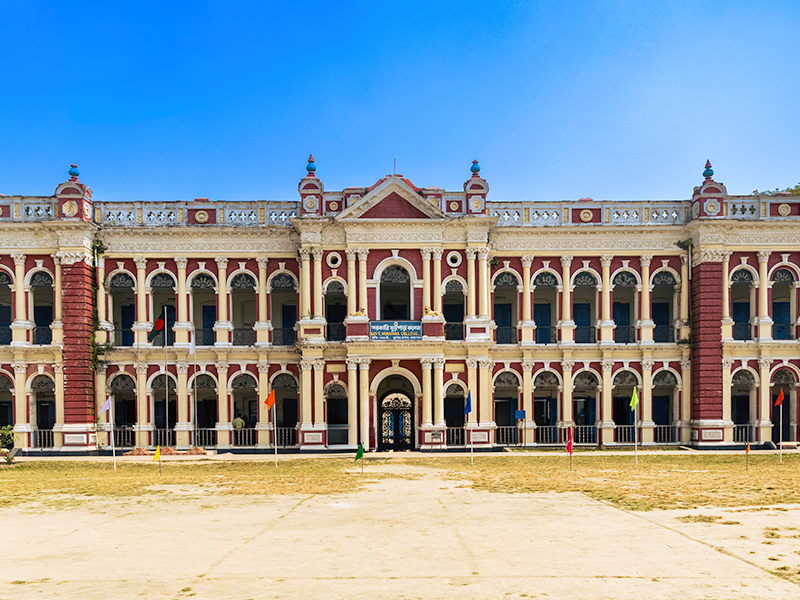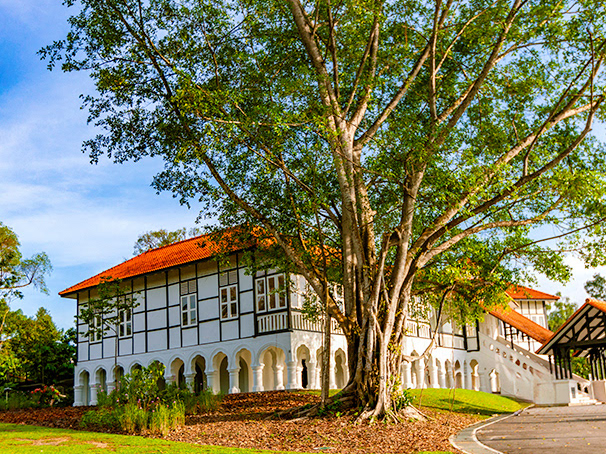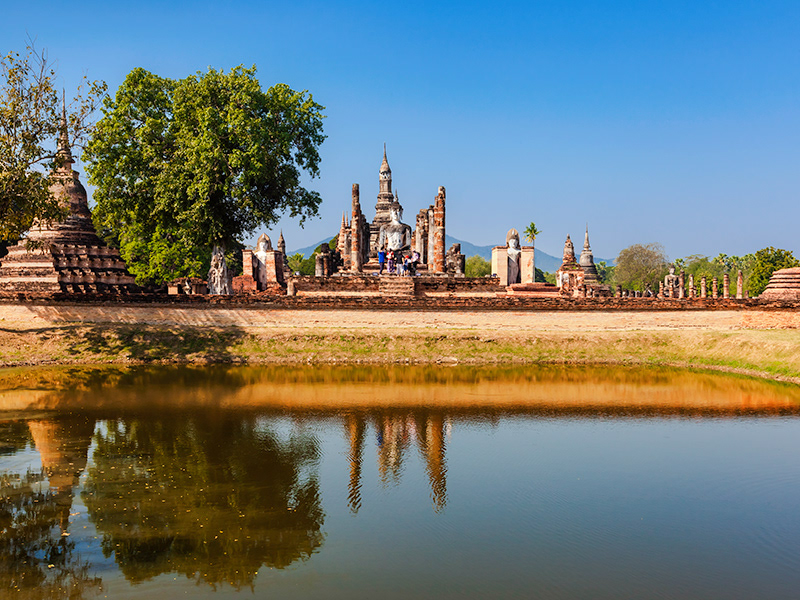There is a nearly 400-year-old Christian cemetery at Narinda, Wari, in old Dhaka, Bangladesh. In that cemetery stands a mausoleum for a man who is only identified as ‘Columbo Sahib’ (i.e. Mr. Columbo).
The story behind the man, whose mausoleum has stood at this site for over 300 years, is shrouded in mystery. In a book titled, 'Narrative of a journey through the Upper Provinces of India, from Calcutta to Bombay 1824-5’ written by Reginald Heber, the then Bishop of Calcutta, we find the first written reference to this mausoleum. Reginald Heber was consecrated Bishop of Calcutta in October 1823 and travelled widely across the regions of Bengal. He was in Dhaka in1824 and, on the 22nd July 1824, when consecrating the Narinda cemetery, noted the mausoleum.
The following is a excerpt from Heber’s book:
“In the evening I consecrated the burial ground, a wild and dismal place, surrounded by a high wall, with an old Moorish gate-way, at the distance of about a mile from the now inhabited part of the city, but surrounded with a wilderness of ruins and jungle. It is, however, large and well adapted for its purpose, containing but few tombs, and those mostly of old dates, erected during the days of Dacca's commercial prosperity, and while the number of European residents was more considerable than it is at present. .... Some of the tombs are very handsome; one more particularly, resembling the buildings raised over the graves of Mussulman saints, has a high octagon gothic tower, with a cupola in the same style, and eight windows with elaborate tracery Within are three slabs over as many bodies, and the old Durwan of the burial ground said, it was the tomb of a certain "Columbo Sahib, Company ka nuokur;" Mr. Columbo, servant to the Company; who he can have been I know not; his name does not sound like an Englishman's, but as there is no inscription, the beadle's word is the only accessible authority”.[i]
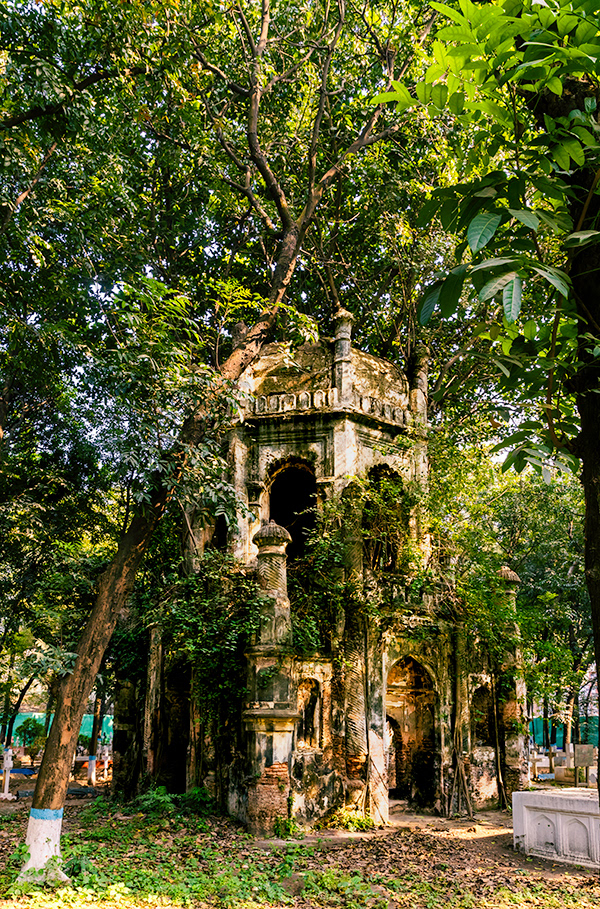

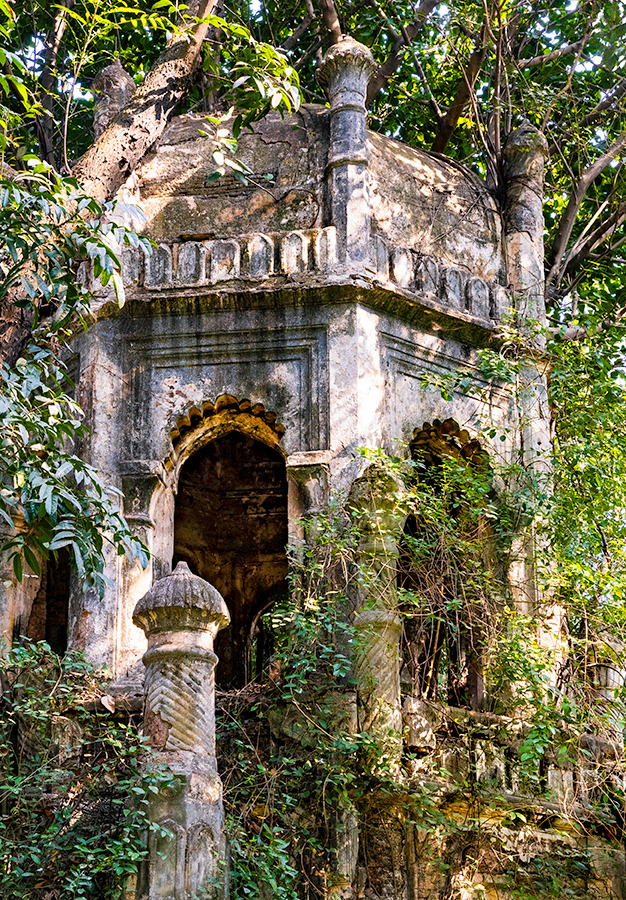
Above: Detail of Columbo's Tomb in the Christian Graveyard in Wari, old Dhaka.
However, we know that the mausoleum predates the consecration of the Narinda cemetery by Haver by some years because the same mausoleum is shown in an oil painting titled 'Nagaphon Ghat' by the German painter Johann Zoffany (1733-1810) who was one of the few painters to have visited India and Bengal during this period. Zoffany spent 1783 to early 1789 in India, where he painted portraits of the then Governor-General of Bengal, Warren Hastings, and the Nawab Wazir of Oudh, Asaf-ud-Daula.[i]
The Zoffany painting shows a funeral pyre around which are grouped Nagas or ascetics and it is presumed that what Zoffany painted there was both a funeral and the celebration of the ‘Nagara Panchami’ festival. The mausoleum is clearly shown in the foreground of the painting (see below).
‘Nagaphon Ghat,’ Narinda, Dhaka, 1787, oil on canvas, 66 x 76 cm, by Zohann Zoffany, From the collection of Charles Greig, UK
The identity of ‘Columbo Sahib’ is speculated. There are a number of theories. However, the one that has some architectural support is the theory by the historian, Dr Rosie Llewellyn-Jones. Her theory was that he was of Dutch origin, in Dacca (as Dhaka was then called) to look after the interests of the Dutch East India Company and possibly, sent from Colombo, Sri Lanka. This theory is based on the likeness of the architectural similarities between Columbo’s mausoleum and that of the Mughal/Islamic style Dutch mausoleums in the old Dutch-Armenian-English cemeteries in Surat, India. There are no other similar structures in India or the subcontinent other than those in Surat.[i]
The Dutch theory suggests that the reference by the guard at the cemetery to ‘Columbo Sahib’ as a Company representative may be a reference to the Dutch East India Company rather than the British East India Company. Columbo is not a Dutch name but Heber recognises that the guard’s statement is not much to base this identification on.
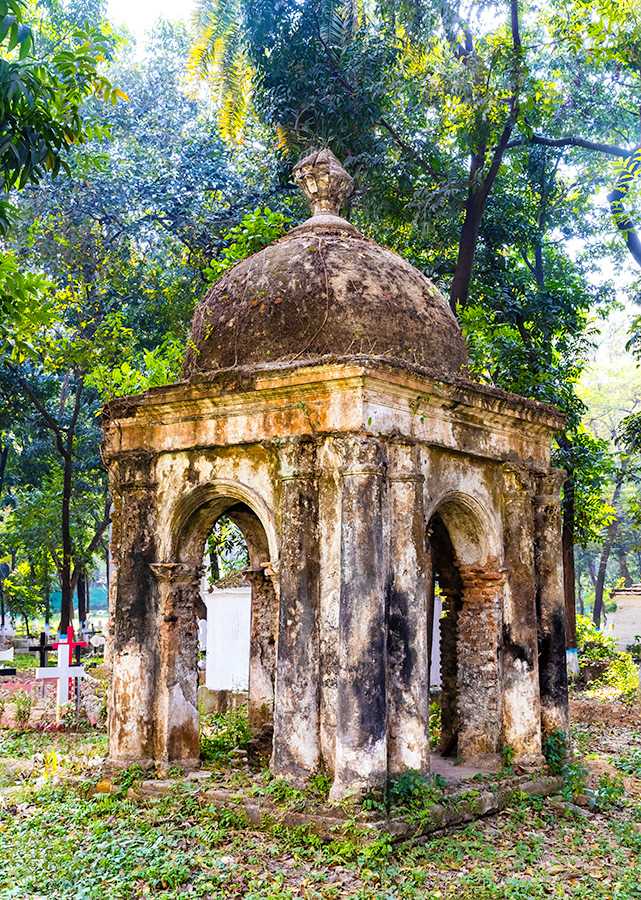
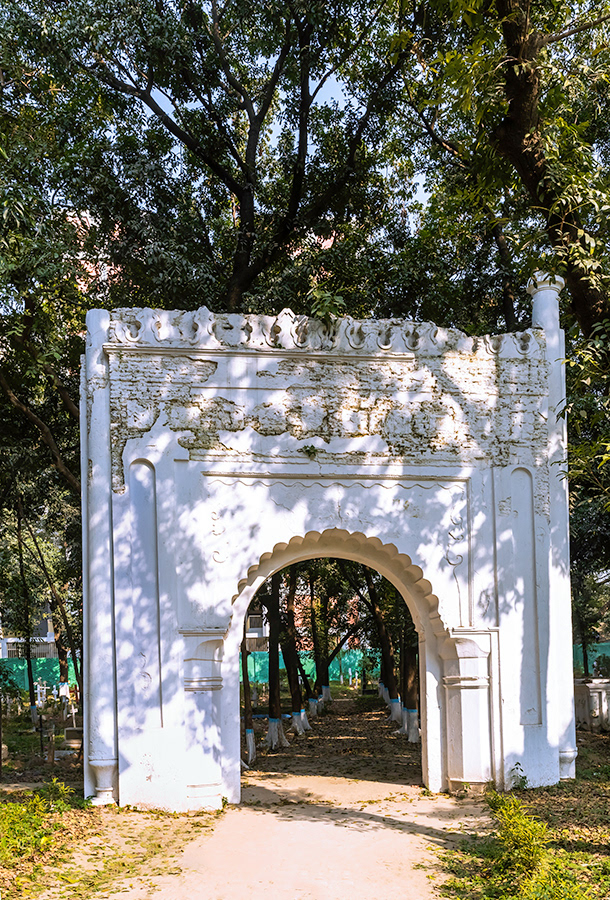
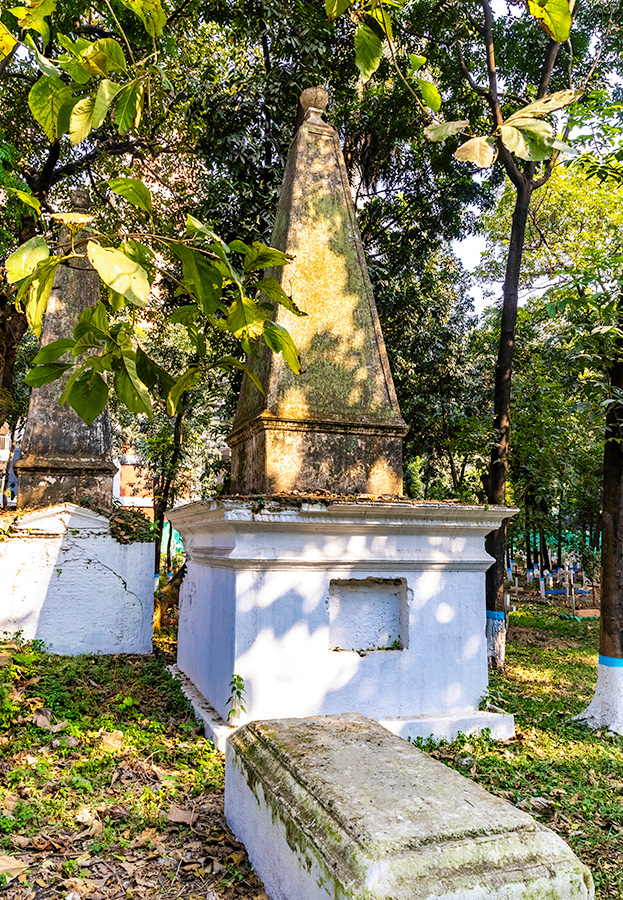
Above left and right: Other tombs and mausoleums in the Narinda Graveyard.
Above Center: The Moorish Gateway referred to by Hever, which is similar to such gateways in Singapore in the Christian graveyard at Fort Canning Park.
The earliest foreigners in Dhaka, around 1580, were Portuguese traders.[i] Notably, the Portuguese had acquired a large piece of land in Narinda and established a church and subsequently a graveyard.[ii] The church no longer exists and its last mention in records is in 1713.[iii] The Portuguese influence in the region started to wane when Mughal Emperor Shahjahan started to drive them out of Bengal (with the siege of Hooghly in 1632). The Dutch took advantage of that and set up trading houses in Dhaka in the 1660s. The factory was established by the Dutch by the side of the Buriganga river, on the site of which the British built the present-day Mitford Hospital. Dutch interests in Dhaka were overseen from the Dutch trading operations in the Coromandel Coast (Pulicat, Sadras and Covelong) but by 1656 the Dutch also had taken command of Colombo and were there until 1794. So it is possible that 'Columbo Sahib' was a Dutch person who was sent to Dacca from Colombo. The British East India Company fought with the Dutch East India Company for dominance of trading in India in 1759 at the Battle of Chinsura. After the Dutch defeat to the British, as part of the settlement, the British took possession of the Dutch trading centres in Dhaka in 1781. The final Dutch possessions in Dhaka were handed over the British in 1825 when the Dutch left Bengal for good.
It is interesting to note that when the chief of the Dutch Factory in Dhaka (a Mr. Langkheet) died in 1775, he was buried in the then ‘English Cemetery’ at Narinda.[i] This suggests that the Dutch continued to use the prior Portuguese cemetery at Narinda for Dutch burials just before they lost possession of their Dhaka assets to the British. The timing of this also coincides with the date of Zoffany’s painting. This could support Dr. Llewellyn-Jones’s theory.
Photographs of the Narinda graveyard from the 1950s show the mausoleum to be in much better condition than it is now. The beauty of the mausoleum still peeks through the trees and branches that are growing off it. The roots of the trees may tear it apart one day and when visiting it, I couldn’t help but wonder if I might not get another chance to see it. It is in dire need of restoration and protection. Sadly, as with much of the historical heritage of Dhaka, there is little attempt to protect it.

